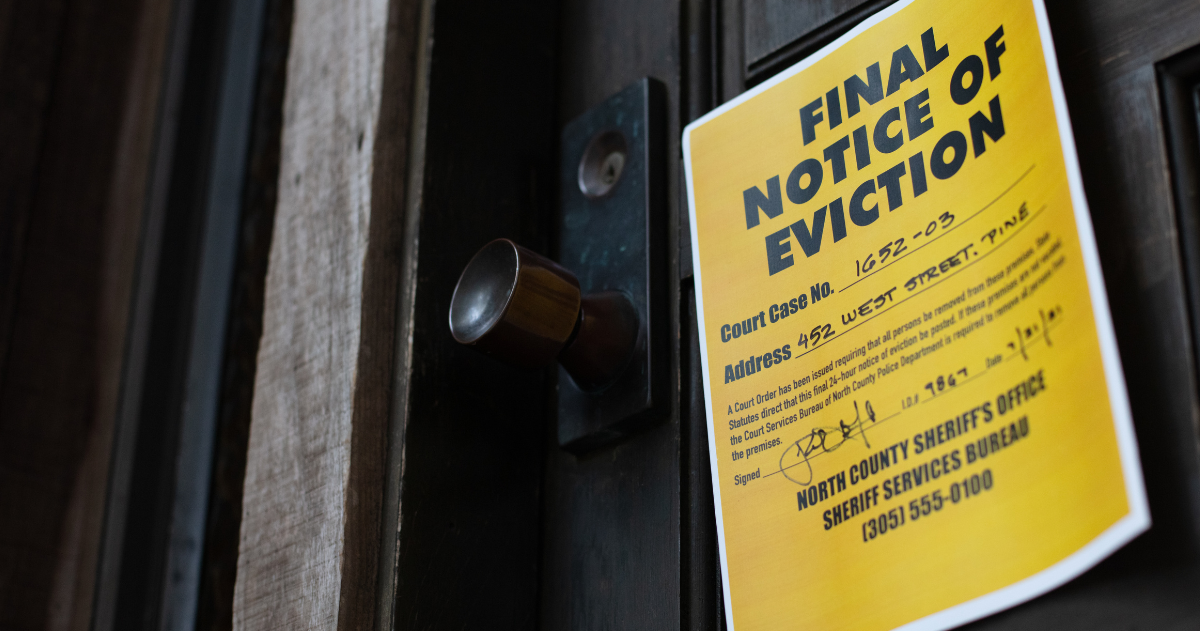Toronto and surrounding areas, particularly North York, have a strong market for renting to students. Residences at universities and colleges are much more expensive than renting a room in a house with other students, particularly at institutions where students are required to purchase meal plans in residence.
Renting to students isn’t much different than renting to families, couples or singles – in fact, it can be more secure as parents usually chip in for rent, and more lucrative as you can rent out multiple bedrooms in a house rather than just the house itself. All students aren’t the hard partiers that landlords are typically afraid of – a student who is looking to party will usually stay in residence, not off-campus. Here are a few things you need to know about renting to students.
- Make your property ready for group living
For a multi-room student rental, you’ll typically need to provide furnishings for common areas such as the living room and dining room. Leave the bedrooms bare for students and their own furniture. Make sure the furniture is low-maintenance, relatively spill proof, and in good repair. For entryways, make sure there is lots of closet space for coats and racks for boots and shoes. Be sure to add locks to each bedroom and bathroom door for privacy.
- Prime your property for safety
In a previous post, we covered how to make your property safer to protect your tenants and your investment. Students and their parents are concerned about safety in a rental property. Follow at least the bare minimum of steps suggested, with the exception of installing a security system; the potential for false alarms will skyrocket with multiple student tenants.
- Don’t sweat it if you’re not close to a university or college
Is your property in a good area for a student rental? If you are anywhere within walking distance of a TTC stop, particularly a subway or LRT station, the answer is “yes”. While students prefer to be close to their educational institution, most are willing to ride the TTC to save a buck on housing.
- Switch up your marketing
Most educational institutions have a website or internal resource, such as a student newspaper, where you can advertise your listing. Try these first before conventional marketing methods, particularly with institutions your property is close to.
- Don’t rent to non-students
Single people could find the prospect of renting a room in a house financially attractive. However, this throws off the dynamic in a house full of students, and may be a security concern for some students and their parents. You’ll find enough willing student renters that this shouldn’t be a problem for you.
- Let your students police themselves
Students are generally used to a parental figure stepping in when things get out of hand, and away from home they may view you as that figure. Don’t get drawn into disputes between tenants, and make it clear in the lease agreement that disputes between tenants should be self-mediated. The only thing that concerns you is if the property is in good repair and the students are paying their rent on time. You should only get involved if a tenant is engaging in vandalism or other items that would break the lease agreement.
- Draw up individual leases with each tenant
Don’t rent the property as a whole with one tenant in charge. Your tenants are students and aren’t equipped to collect rent, particularly if there are issues. Draw up an individual lease agreement with each tenant separately. You should include utilities in the lease agreement as shared utilities can lead to issues between tenants, and not having fixed costs can be scary to a student on a budget.
For more on renting to students, see this article from the Ontario Landlords Association.





